Table of Content
Ready Reckoner Rate plays a crucial role in determining property values in one of India’s most dynamic real estate markets. This rate, set by the government, is used as a benchmark to calculate stamp duty and registration charges and to serve as a baseline for property transactions across the city.
What is the Ready Reckoner Rate?
The Ready Reckoner Rate (RRR) is a fixed rate determined by the government, which helps in the calculation of stamp duty and registration fees. It is the minimum value at which a property transaction is registered, irrespective of the actual market value. These rates are updated annually to keep pace with the real estate market trends and other economic factors.
Also Read: Mumbai Ready Reckoner Rates to Rise by 3.4% as Maharashtra Updates Policy
Ready Reckoner Rate Hike in Maharashtra FY25-26
| Rural areas |
3.36% |
| Urban areas |
3.29% |
| Municipal corporation/ municipal council |
4.97% |
| Municipal corporation in metros except Mumbai |
5.95% |
| Average hike across Maharashtra except Mumbai |
4.39% |
| MCGM |
3.39% |
| Average hike across Maharashtra |
3.89% |
Maharashtra Ready Reckoner Rates in Areas in FY25 -26
|
Area |
RRR |
|
Bhiwandi-Nizampur |
2.50% |
|
Nanded- Waghala |
3.18% |
|
Mumbai |
3.39% |
|
Chhatrapati Sambhaji Nagar |
3.50% |
|
Parbani |
3.71% |
|
Latur |
4.01% |
|
Jalna |
4.01% |
|
Pune |
4.16% |
|
Elchal Karanji |
4.46% |
|
Vasai-Virar |
4.50% |
|
Malegaon |
4.88% |
|
Panvel |
4.97% |
|
Kolhapur |
5% |
|
Dhule |
5.07% |
|
Ahilyanagar |
5.41% |
|
Sangli- Miraj-Kupwaad |
5.70% |
|
Jalgaon |
5.81% |
|
Kalyan Dombivilli |
5.84% |
|
Mira-Bhayandar |
6.26% |
|
Navi Mumbai |
6.75% |
|
Pimpri Chinchwad |
6.69% |
|
Nashik |
7.31% |
|
Akola |
7.39% |
|
Thane |
7.72% |
|
Amravati |
8% |
|
Ulhasnagar |
9% |
|
Solapur |
10.17% |
|
Nagpur + NMRDA |
4.23+ 6.60 |
|
Chandrapur +MHADA |
2.20+ 7.30 |
Factors Influencing the RRR:
- Location: Prime areas like Mumbai, Pune, and Navi Mumbai have higher rates due to demand and infrastructure developments.
- Market Trends: The RRR adjusts based on market dynamics, including demand, property appreciation, and the state of the economy.
- Property Type: Residential, commercial, and agricultural properties have different rates.
- Urbanization and Infrastructure: Growth in infrastructure, like new expressways, metro lines, and commercial developments, can increase property values, leading to higher RRR.
City-Wise RRR Overview:
Mumbai:
Mumbai, being one of the most sought-after cities in India, has seen a rate increase of 3.39%. Property prices across its different localities range widely, from the high-end residential areas of Malabar Hill to the more affordable areas in Dharavi. Specific rates are based on factors like proximity to commercial hubs, transport facilities, and demand for real estate.
Pune:
Pune, with its growing IT sector, educational institutions, and cultural significance, has seen a 4.16% increase. Areas like Kalyani Nagar and Viman Nagar have witnessed property price growth, reflecting an increase in the RRR.
Navi Mumbai:
Navi Mumbai, known for its planned infrastructure, saw the highest increase among the metropolitan areas, with a rate rise of 6.75%. This is a result of ongoing infrastructural developments, such as the Navi Mumbai International Airport and various commercial projects.
Nagpur and NMRDA:
Nagpur has experienced a moderate rate increase of 4.23%, reflecting the gradual growth in property demand. NMRDA (Nagpur Metropolitan Region Development Authority) areas have seen an increase of 6.60%, driven by the development of the region's industrial and commercial sectors.
Impact on Real Estate Transactions:
- Buyers: Buyers will need to pay stamp duty based on the RRR. This also affects loan eligibility as financial institutions consider RRR when evaluating property values.
- Sellers: Sellers must understand that selling below the RRR will not be possible for registration purposes. This also means that properties in rapidly developing areas may benefit from increased demand and better valuations.
- Investors: For real estate investors, understanding RRR is crucial in determining the investment potential and predicting property appreciation over time.
Conclusion:
The revised Maharashtra Ready Reckoner Rates for FY 2025-26 indicate a steady increase across many regions, reflecting the ongoing growth and demand in the state’s real estate sector. Areas like Mumbai, Pune, and Navi Mumbai continue to see the highest rates due to their strategic importance, while other cities like Solapur and Ulhasnagar show more substantial percentage increases due to emerging markets and growing infrastructural developments. These rates serve as an essential tool for property buyers, sellers, and investors to ensure compliance with legal requirements and make informed decisions.
Also Read: Chandigarh Hikes Property Tax: What to Expect in the New Fiscal Year

_1743500978.webp)
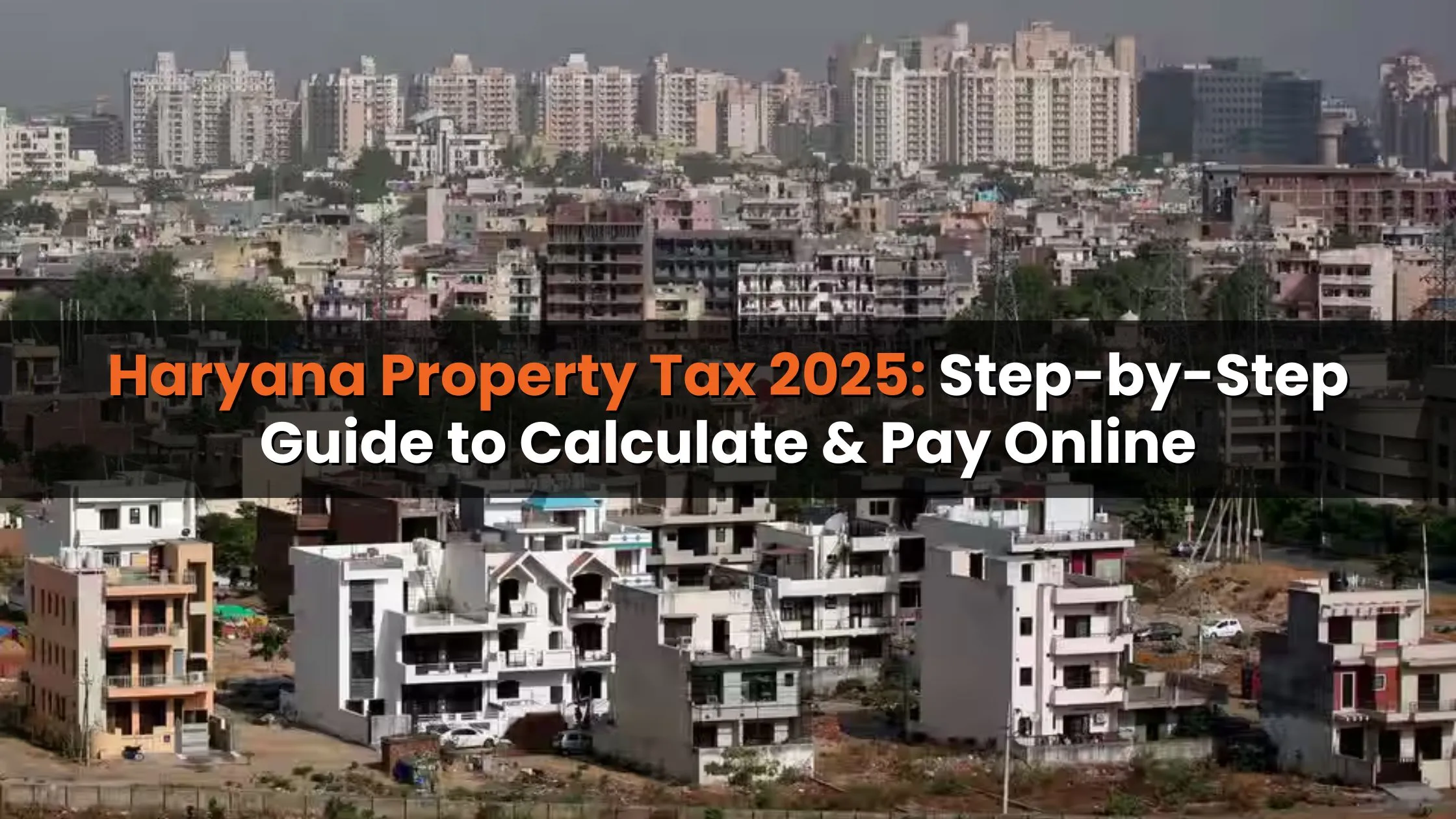
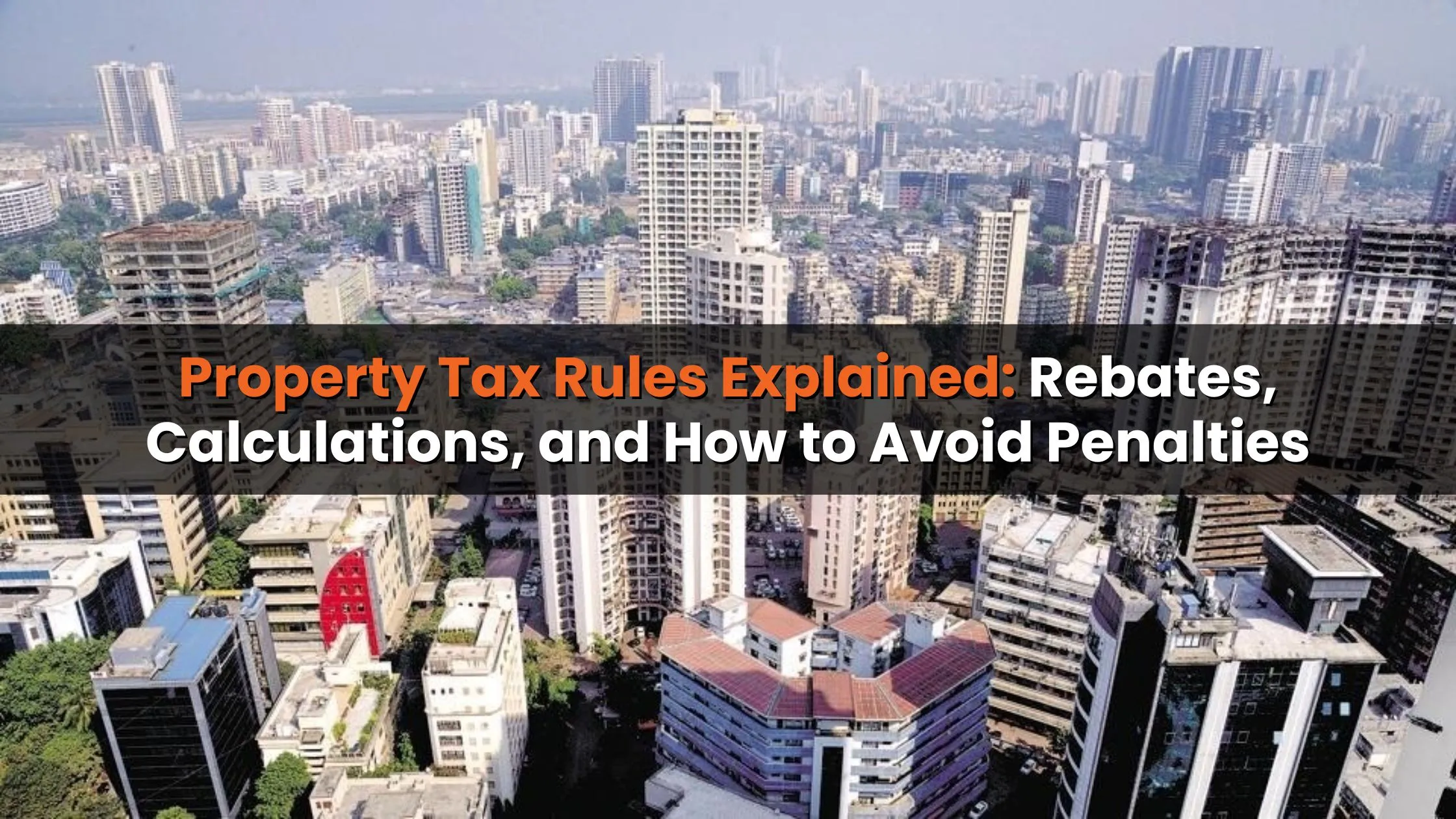
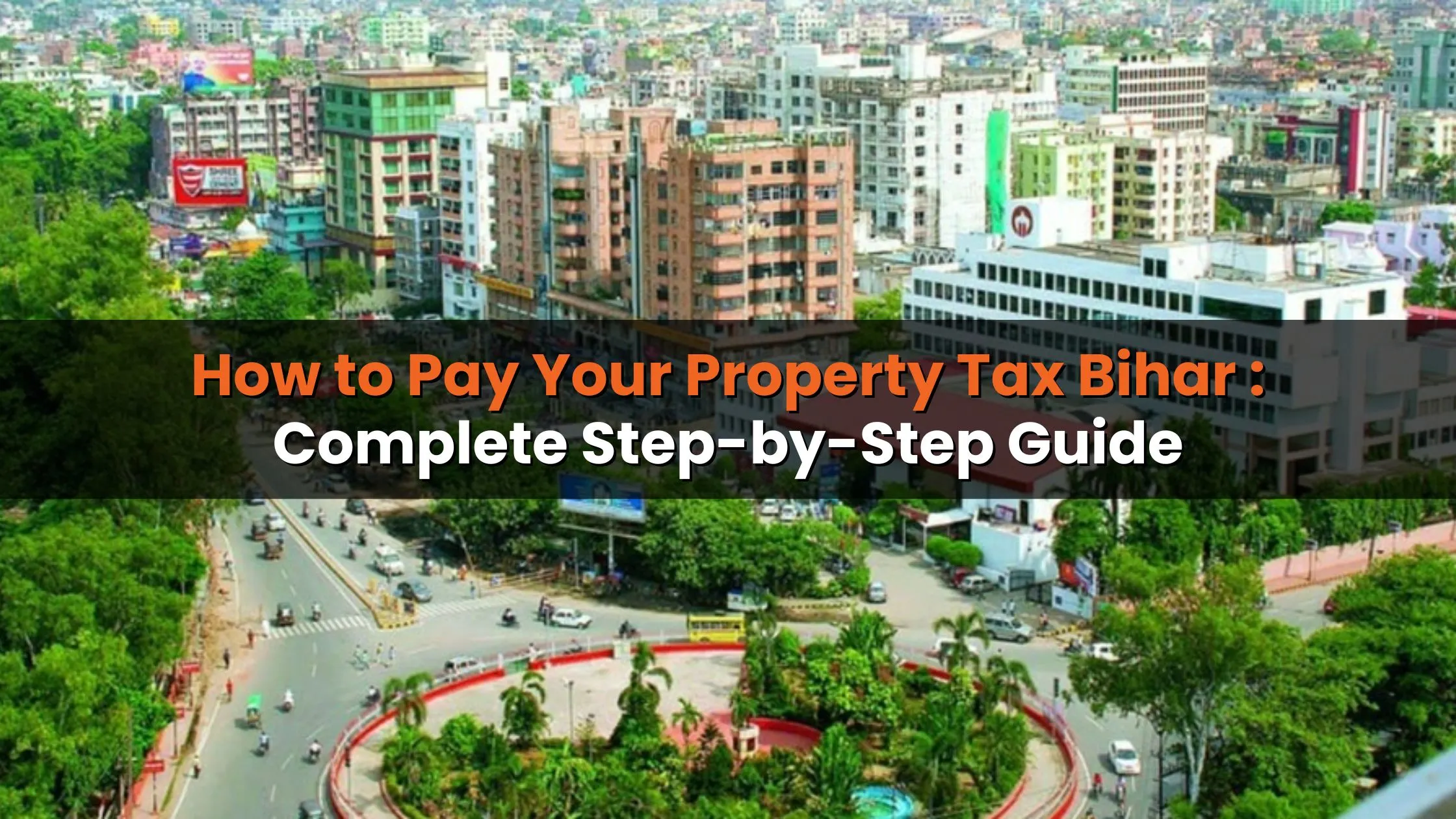

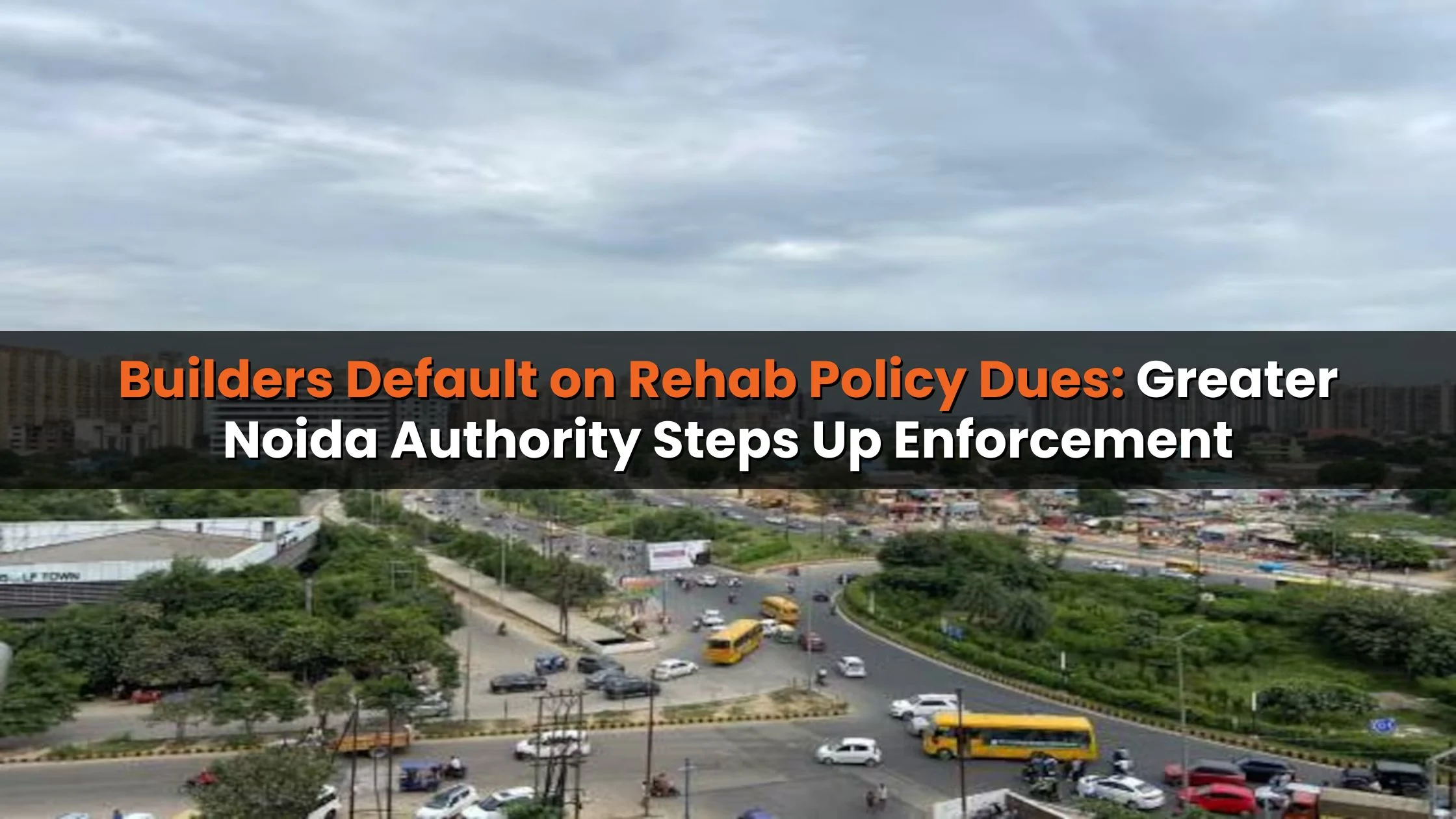
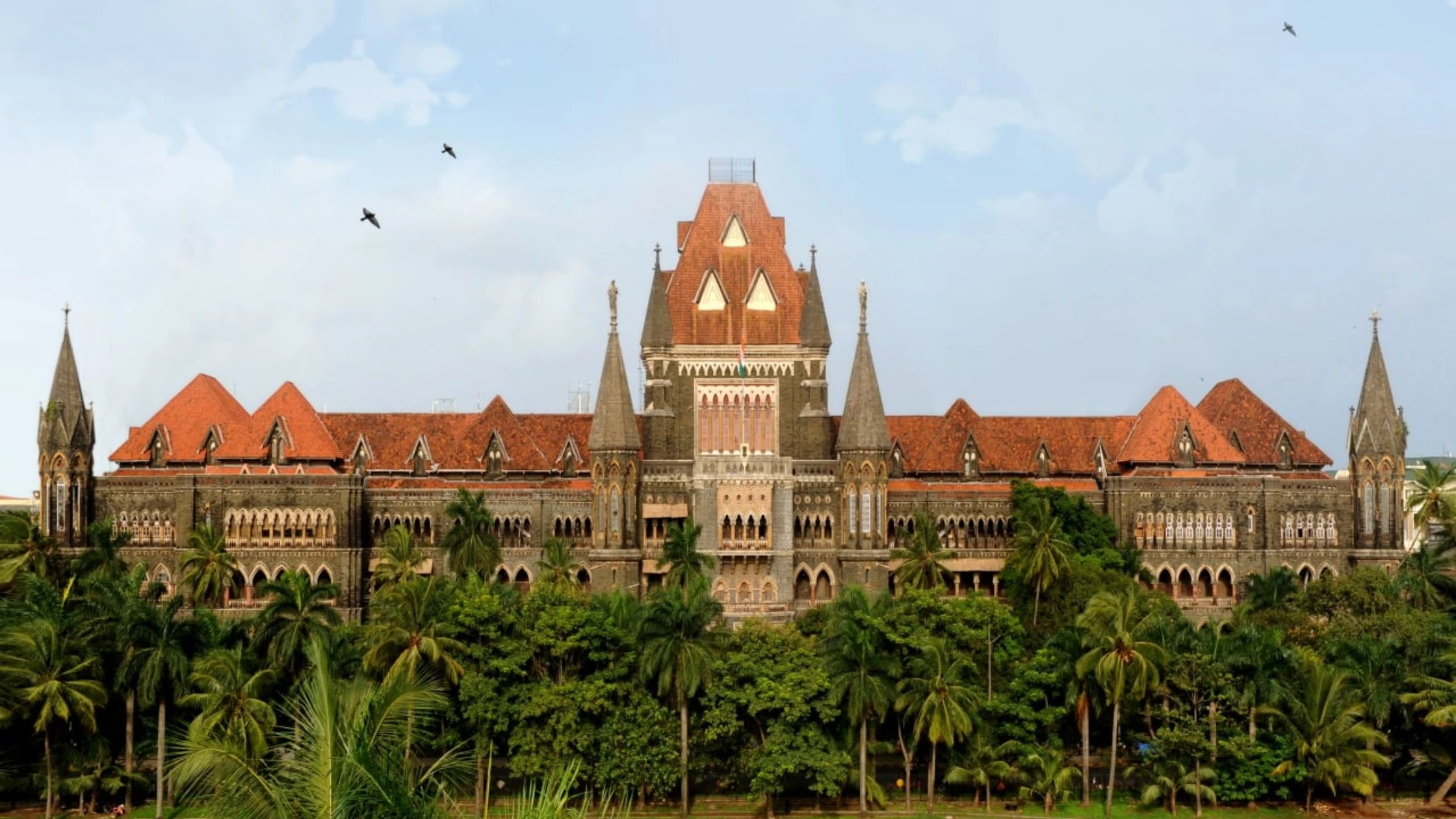
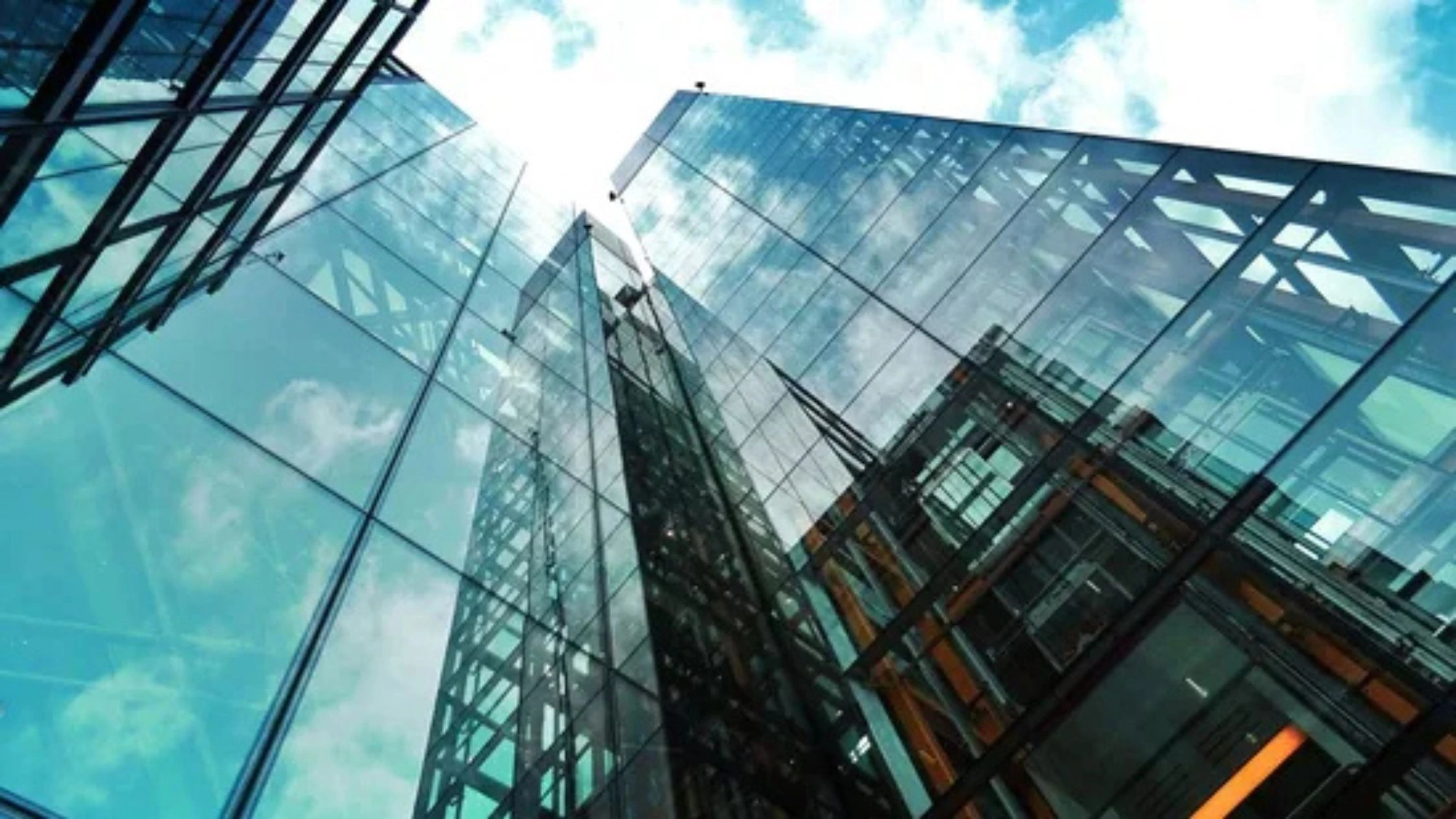

Ans 1. The Ready Reckoner Rate is a fixed rate set by the government that determines the minimum value for property transactions. It is used for calculating stamp duty and registration charges.
Ans 2. The increase in the Ready Reckoner Rate is aimed at aligning property valuations with current market trends and growth. It reflects the increased demand for real estate, as well as developments in urban infrastructure.
Ans 3. The revised rates directly impact the calculation of stamp duty, registration fees, and property valuations for buyers, sellers, and investors. Higher RRR means increased transaction costs.
Ans 4. Navi Mumbai has seen the highest increase, with a 6.75% rise, followed by areas like Mira-Bhayandar and Ulhasnagar which show significant hikes due to urbanization and infrastructure growth.
Ans 5. Buyers will need to pay stamp duty based on the revised RRR. This will also influence their loan eligibility, as financial institutions consider the RRR when determining property values.
Ans 6. No, properties cannot be registered below the RRR. The RRR sets the minimum transaction value for legal registration, regardless of the actual market price.
Ans 7. Residential, commercial, and agricultural properties all have different Ready Reckoner Rates. The rate increase applies to each property type based on its market dynamics and location.
Ans 8. Investors should factor in the RRR when evaluating potential property investments. A higher RRR may indicate better prospects for property appreciation in the long term.
Ans 9. Yes, rural areas have seen an increase of 3.36% in the RRR. While smaller, the increase reflects growth and demand in these areas as well.
Ans 10. You can check the official Maharashtra government website or visit local municipal offices for the most up-to-date Ready Reckoner Rates specific to your area.